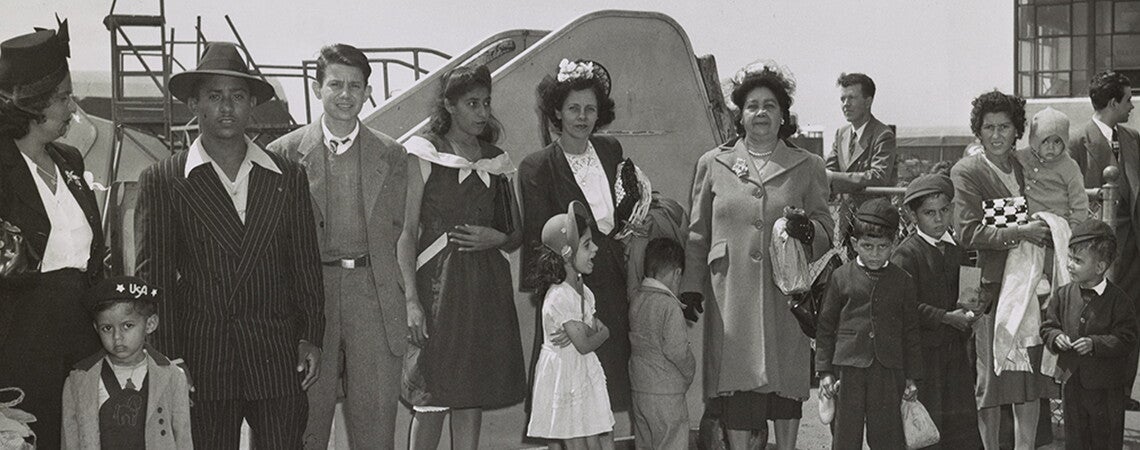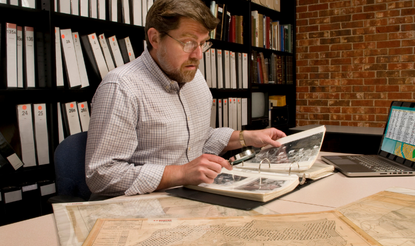Hispanics in the United States: Origins and Destinies
by Rubén G. Rumbaut
In 2019 the Hispanic population of the United States surpassed sixty million—or sixty-four million if the inhabitants of the Commonwealth of Puerto Rico are included. Only Mexico is larger among Spanish-speaking countries in the world. The rapid growth of the Hispanic population—which had been estimated at only four million in 1950—has been stunning. The US Census Bureau has projected that, given moderate levels of immigration and natural increase, 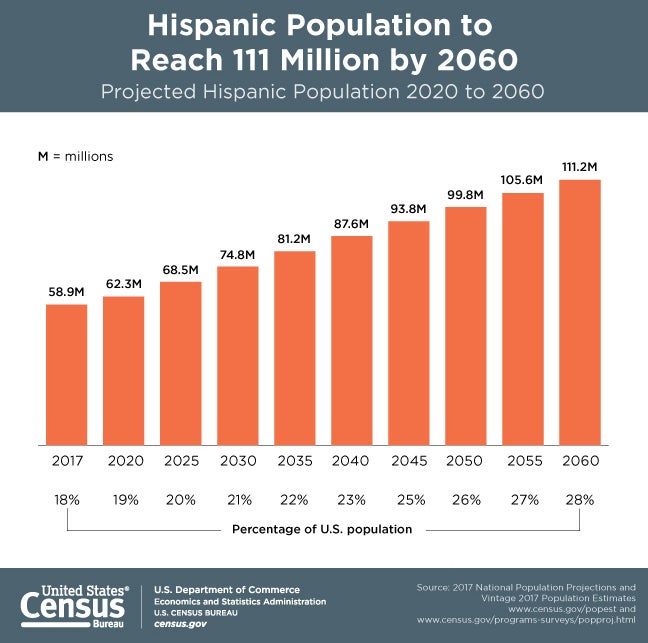 Hispanics would grow by 2060 to an estimated 111 million people, significantly exceeding the proportions of other ethnic or racial minorities. And while Hispanic Americans now account for one of every six persons in the United States, their impact—social, cultural, political, and economic—is much more profound because of their concentration in particular states and localities.
Hispanics would grow by 2060 to an estimated 111 million people, significantly exceeding the proportions of other ethnic or racial minorities. And while Hispanic Americans now account for one of every six persons in the United States, their impact—social, cultural, political, and economic—is much more profound because of their concentration in particular states and localities.
Hispanics are at once a new and an old population, made up both of recently arrived newcomers and of old timers with deeper roots in American soil than any other ethnic groups except for the indigenous peoples of the continent. They comprise a population that can claim both a history and a territory in what is now the United States that precede the establishment of the nation. At the same time, it is a population that has emerged seemingly suddenly, its growth driven by immigration from the Spanish-speaking countries of Latin America—above all from Mexico—and by high rates of natural increase. Today, a third of the Hispanic population is foreign-born, and another third consists of a growing second generation of US-born children of immigrants. And the label itself—“Hispanic”—is new, an instance of a pan-ethnic category that was created by official edict in the 1970s. The ethnic groups subsumed under this label were not “Hispanics” or “Latinos” in their countries of origin; rather, they only became so in the United States.
But the Spanish roots of the United States antedate by a century the creation of an English colony in North America and have left an indelible if ignored Spanish imprint, especially across the southern rim of the United States, from the Atlantic to the Pacific. In US popular culture and in official narrative and ritual the American past has been portrayed as the story of the expansion of English America, suppressing if not silencing the Hispanic presence from the nation’s collective memory. But past is prologue, and no understanding of the Hispanic peoples in the United States today or of the category under which they are now grouped can ignore the historical and geographic contexts of their incorporation.
The Spanish origins of what is now the United States date to 1513, when Juan Ponce de León first came to La Florida, as he named it. Spanish explorers drew the first maps of the Texas coast, and of the northern Atlantic coast through Georgia and the Carolinas (where a colony was established in 1526) and up to the mouths of rivers that would later be named the Hudson, the Connecticut, and the Delaware. 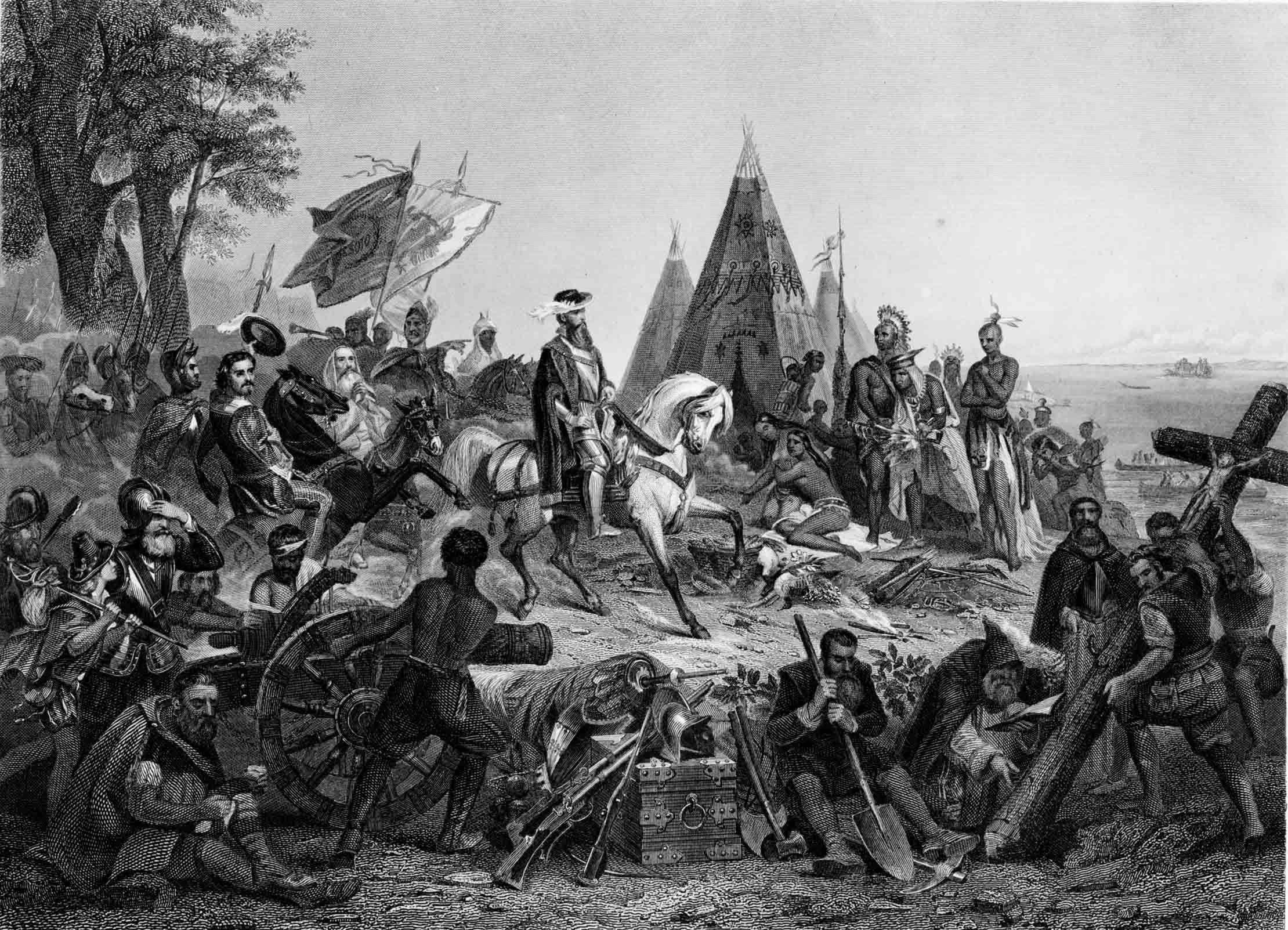 By the early 1540s the Spanish had sailed up the California coast as well, and explorers including Albar Núñez Cabeza de Vaca and Esteban de Azamor (a black Moor), Hernando de Soto, and Coronado had walked across what are now Texas, New Mexico, Arizona, Oklahoma, Colorado, Tennessee, Alabama, Arkansas, Missouri, and Kansas (ubiquitous “Coronado was here” historic markers can still be found alongside roads in these states). In 1570 Spanish Jesuits established a mission in Virginia, decades before Roanoke and Jamestown.
By the early 1540s the Spanish had sailed up the California coast as well, and explorers including Albar Núñez Cabeza de Vaca and Esteban de Azamor (a black Moor), Hernando de Soto, and Coronado had walked across what are now Texas, New Mexico, Arizona, Oklahoma, Colorado, Tennessee, Alabama, Arkansas, Missouri, and Kansas (ubiquitous “Coronado was here” historic markers can still be found alongside roads in these states). In 1570 Spanish Jesuits established a mission in Virginia, decades before Roanoke and Jamestown.
By the time of the American Revolution, Spain had cast a wide net of Hispanic culture and communities stretching from San Diego and Los Angeles to San Francisco on the west coast; throughout the Southwest from Tucson to Santa Fe, El Paso, and San Antonio; along the Mississippi River from St. Louis to New Orleans; and eastward through towns that stretched to Florida’s Atlantic coast by way of Mobile, Pensacola, and Tallahassee. Between the two coasts, as the historian David Weber has noted, Spain claimed much of the American South and the entire Southwest—at least half of the present US mainland—and Spain governed these areas for well over two centuries, for about as long as the United States has existed as an independent nation. When in 1763 Louisiana (until then French) came under Spanish rule, the Mississippi River divided most of what is now the continental United States into two enormous zones: one, to the east, English; one, to the west, Spanish. In 1783, when Florida was returned to Spain, the entire southern corridor from California to Florida was once again Spanish-ruled—but Spain’s hegemony in the Americas would decline soon after.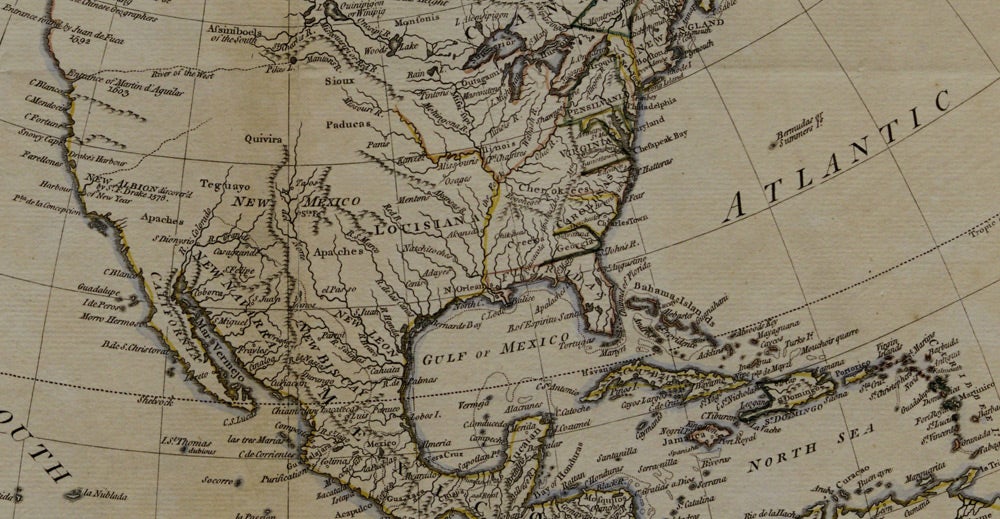
Thousands of place names, from Sacramento to Cape Cañaveral—including the states California, Colorado, Florida, Montaña, and Nevada, and the island of Puerto Rico—testify to these Spanish antecedents. Coast to coast, there are regions of the country in which every town and village bears a Spanish name, and in them can be found the first missions, ranches, schools, churches, presidios, theaters, public buildings, and cities in US history. Spanish St. Augustine in Florida, founded in 1565, is the oldest city in the United States; San Miguel Church in Santa Fe, New Mexico, has been used for Catholic worship since 1610. The New Mexico missions, one for every pueblo, were flourishing by 1630. San Antonio was founded in 1718, with a mission that would play a key role in Texan and American history more than a century later: El Alamo. San Diego, California, was founded in 1769, with the first in a chain of twenty-one missions extending to San Francisco, founded in 1776.
In the United States, the collective memory of these silent antecedents remains clouded by remnants of prejudices and stereotypes whose roots go to colonial rivalries in the sixteenth century between Spanish America and English America, and especially to anti-Spanish propaganda in Protestant Europe and America that built into the Leyenda Negra (black legend), now centuries old, whose original intent was to denigrate Catholic Spanish culture throughout the world and to portray Spaniards as a uniquely cruel and depraved race. That legend was kept alive whenever conflict arose between English- and Spanish-speaking societies in America in the 1800s, especially during the Texas Revolt (1836), the US-Mexican War (1846−1848), and the Spanish American War (1898). Two war-time slogans—“Remember the Alamo!” and “Remember the Maine!”—and the first five words of the oldest song of the US armed forces (the Marine Corps hymn), “From the Halls of Montezuma”—may be the most vivid remnants of these transformational wars in American memory. The Mexican War (largely forgotten in the United States but remembered in Mexico as “la invasión norteamericana”) was the United States’ first foreign war and transformed the nation into a continental power; the treaty that ended it, along with the annexation of Texas which preceded it, expanded the territory of the United States by a million square miles, while severing nearly half of Mexico’s. Five decades later, the Spanish American War gave the United States possession of Spain’s last remaining colonies in Cuba, Puerto Rico, and the Philippines, and transformed it into a global power.
The peoples of the conquered territories were absorbed into the expanding boundaries of the nation as second-class citizens. This was the case above all in the American (formerly the Mexican) Southwest: for a full century after the 1840s, Mexican Americans were subjected to laws, norms, and practices similar to the Jim Crow apartheid system that discriminated against blacks after the Civil War—injustices, most deeply rooted in Texas, that caused Mexicanos in the Southwest to see themselves as foreigners in a foreign land.
The countries of the Caribbean Basin, and among them particularly Mexico, Puerto Rico, and Cuba, have felt most strongly the weight, and the lure, of the US hegemonic presence. They include countries that, since the days of Benjamin Franklin (who already in 1761 suggested Mexico and Cuba as goals of American expansion) and Thomas Jefferson (who spoke Spanish fluently), were viewed as belonging as if by some “laws of political gravitation” (the phrase is John Quincy Adams’s in 1823) to the “manifest destiny” of the United States, in a Caribbean long viewed as “the American Mediterranean” (the term is Alexander Hamilton’s, writing in The Federalist in 1787). And they include countries whose ties with the US are more recent, but which have emerged as major sources of Latin American immigration since the 1980s—notably the Dominican Republic, El Salvador, Guatemala, Honduras, Nicaragua, and Colombia. Not surprisingly, given historical patterns of economic, political, military and cultural influence established over the decades, it is precisely these countries whose people have most visibly emerged as a significant component of American society.
SELECTED BIBLIOGRAPHY
Chipman, Donald E. Spanish Texas, 1519−1821. Austin: University of Texas Press, 1992.
Fuentes, Carlos. The Buried Mirror: Reflections on Spain and the New World. New York: Houghton Mifflin, 1992.
Gibson, Carrie. El Norte: The Epic and Forgotten Story of Hispanic North America. New York: Atlantic Monthly Press, 2019.
Jiménez, Alfredo, ed. Handbook of Hispanic Cultures in the United States: History. Houston: Arte Público Press, 1994.
Johannsen, Robert W. To the Halls of the Montezumas: The Mexican War in the American Imagination. New York: Oxford University Press, 1985.
Montejano, David. Anglos and Mexicans in the Making of Texas, 1836−1986. Austin: University of Texas Press, 1987.
Pitt, Leonard. The Decline of the Californios: A Social History of the Spanish-Speaking Californians, 1846−1890 . Berkeley: University of California Press, 1971.
Rumbaut, Rubén G. “The Making of a People,” in Marta Tienda and Faith Mitchell, eds., Hispanics and the Future of America, pp. 16−65. Washington, DC: The National Academies Press, 2006.
Weber, David J., ed. Foreigners in Their Native Land: Historical Roots of the Mexican Americans. Albuquerque: University of New Mexico Press, 1973.
Weber, David J. The Spanish Frontier in North America. New Haven: Yale University Press, 1992.
Rubén G. Rumbaut is Distinguished Professor of Sociology at the University of California, Irvine. Among his publications are Immigrant America: A Portrait (University of California Press, 4th ed., 2014), and Legacies: The Story of the Immigrant Second Generation (University of California Press, 2001), which won the Distinguished Book Award of the American Sociological Association and the Thomas and Znaniecki Award for best book in the immigration field. He is a fellow of the National Academy of Education and the American Academy of Arts and Sciences.
